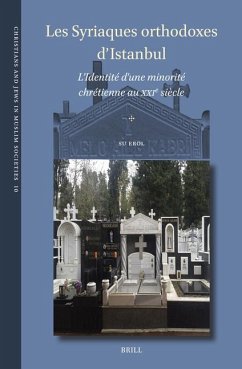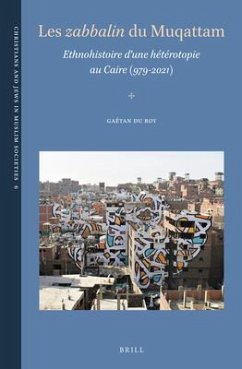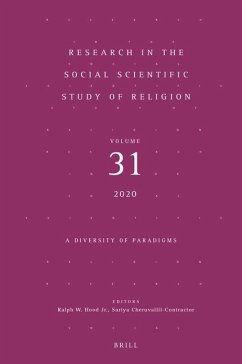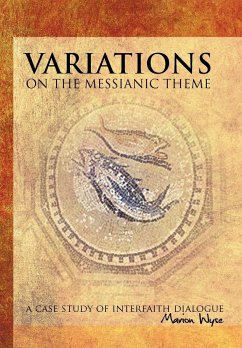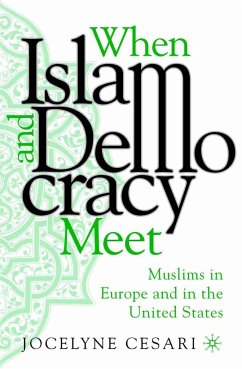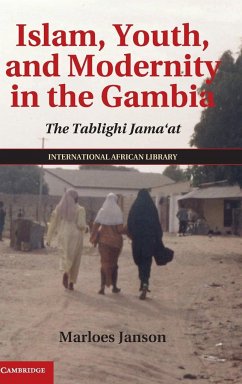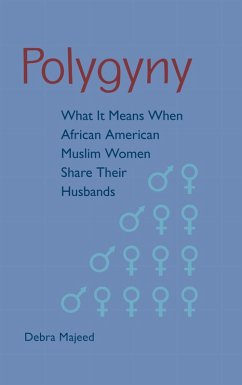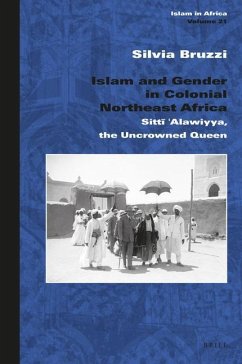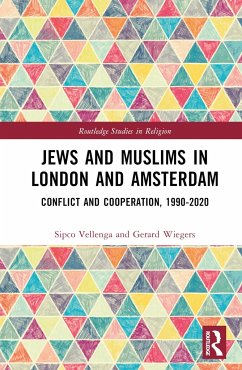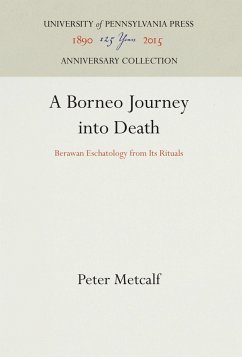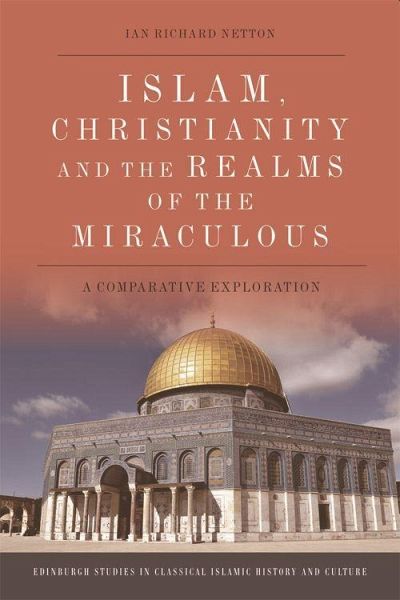
Islam, Christianity and the Realms of the Miraculous
A Comparative Exploration
Versandkostenfrei!
Versandfertig in über 4 Wochen
140,99 €
inkl. MwSt.
Weitere Ausgaben:

PAYBACK Punkte
70 °P sammeln!
Juxtaposes several of the miracles in the Islamic and Christian traditions This new and dynamic approach to the perennially fascinating subject of miracles adopts a strictly anthropological and phenomenological approach. Allowing the miracles to speak for themselves, Ian Richard Netton examines these phenomena in the Islamic and Christian traditions through the lens of narration. What are the stories of the miracles? What are the contexts which gave rise to these miracles and allowed them to garner belief and flourish? Perspectives covered include the views of believers and non-believers alike...
Juxtaposes several of the miracles in the Islamic and Christian traditions This new and dynamic approach to the perennially fascinating subject of miracles adopts a strictly anthropological and phenomenological approach. Allowing the miracles to speak for themselves, Ian Richard Netton examines these phenomena in the Islamic and Christian traditions through the lens of narration. What are the stories of the miracles? What are the contexts which gave rise to these miracles and allowed them to garner belief and flourish? Perspectives covered include the views of believers and non-believers alike in these phenomena. Similarities and differences in content and approach are explored with a primary focus on the five main anthropological topoi of food, water, blood, wood and stone, and cosmology. A range of intertextual elements in both these Islamic and Christian traditions are discerned. Key Features: . Presents a comparative approach to miracles in Islam and Christianity . Uses the non-judgmental lens of an anthropological and phenomenological approach . Organised around five groups of miracles: food, water, blood, wood and stone, and cosmology . Case studies include miraculous feeding miracles in Islam and Christianity; Lourdes and healing; Zamzam and healing; the miracle of Bolsena; the Passion of Al-Hallaj; the Ark of Gilgamesh and Noah/Nuh; the miracle of the sun at Fatima; and the splitting of the moon in the Qur'an Ian Richard Netton is Emeritus Professor of Islamic Studies in the University of Exeter. He is the author or editor of 22 other books including Islam, Christianity and Tradition: a Comparative Exploration (EUP 2006) and Islam, Christianity and the Mystic Journey: a Comparative Exploration (EUP 2011) which are the first two parts of his Islam-Christianity Trilogy. This volume is the final part.




